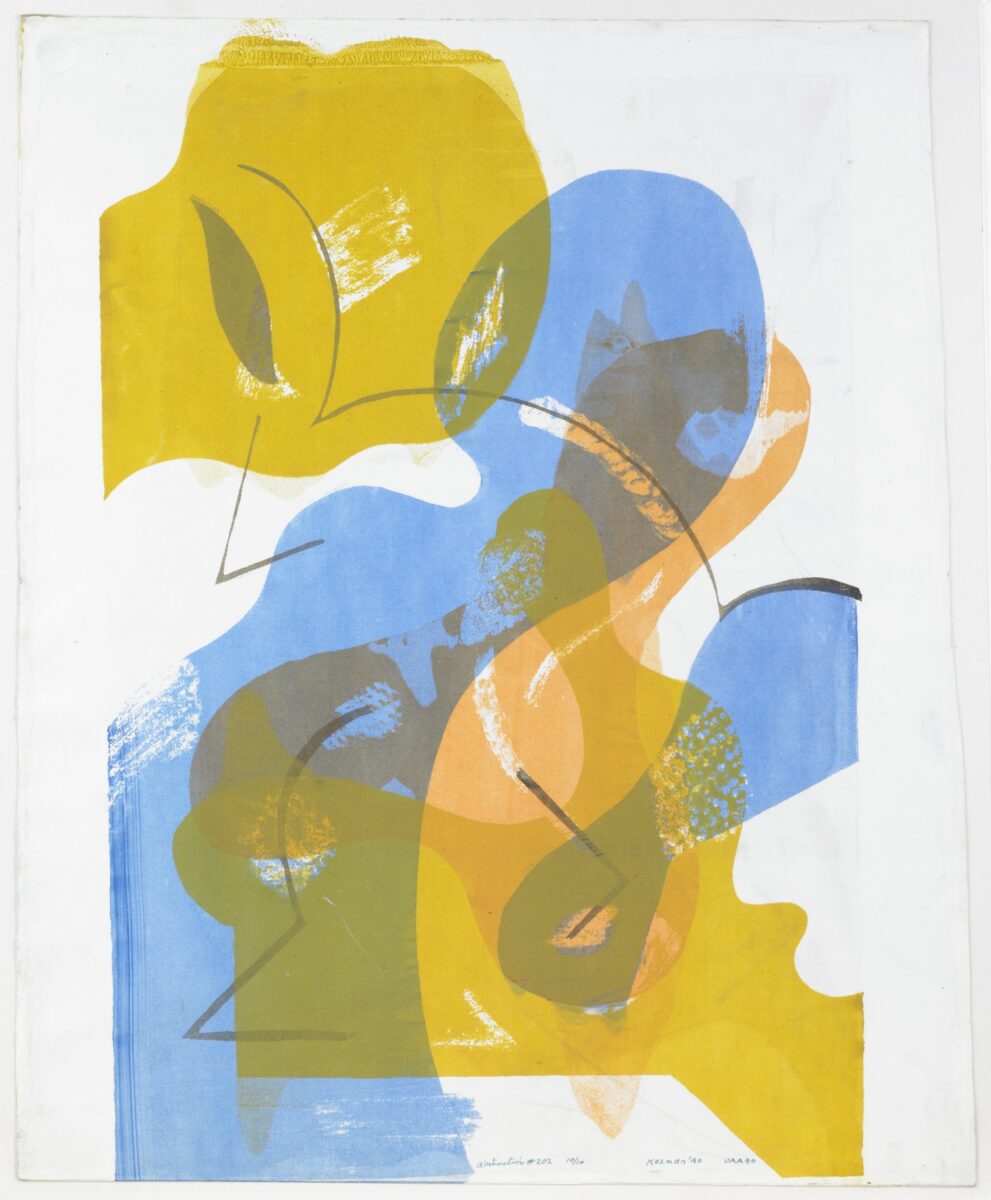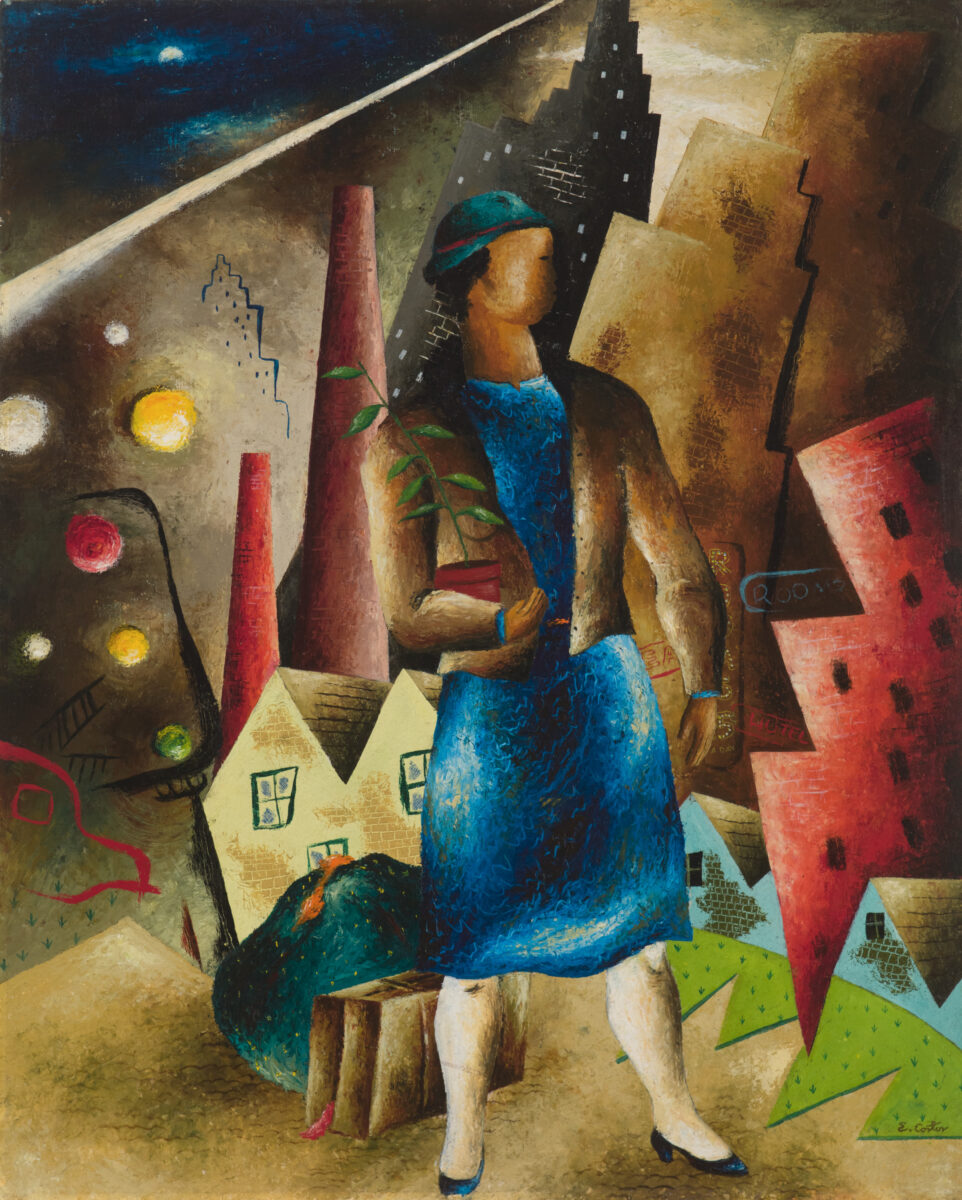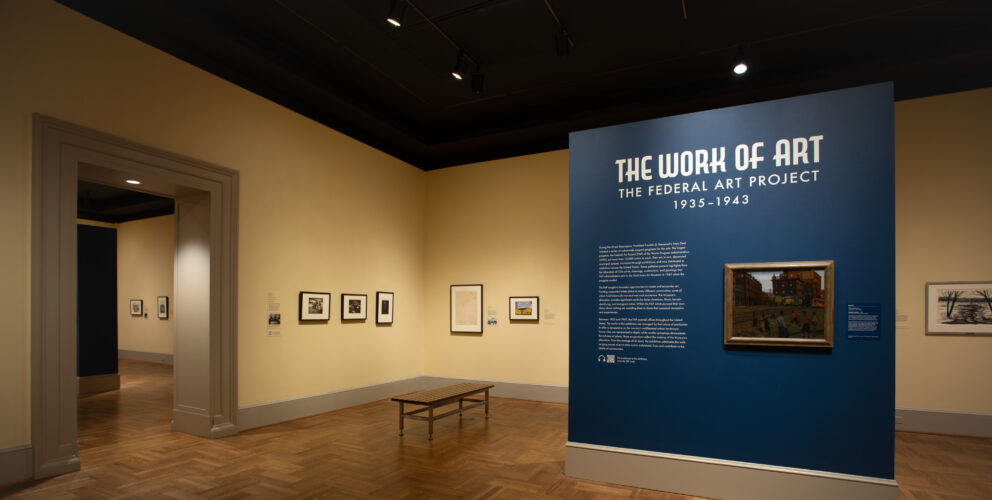ST. LOUIS, June 11, 2024—An upcoming free exhibition at the Saint Louis Art Museum presents a group of artworks that reflect the creative efforts of artists working under difficult circumstances.
“The Work of Art: The Federal Art Project, 1935-1943” opens Aug. 2. It continues through April 13, 2025, in Gallery 235 and the Sidney S. and Sadie M. Cohen Gallery 234.
During the Great Depression, President Franklin D. Roosevelt’s New Deal initiated a series of nationwide support programs for the visual arts. The largest and most ambitious program, the Federal Art Project, put more than 10,000 artists to work. Their artworks, in turn, decorated municipal spaces, circulated through exhibitions and were allocated to institutions across the country. In 1943, the Saint Louis Art Museum received 256 prints, drawings, watercolors and paintings including the first objects by African American artists to enter the museum’s collection. Around half of those were intended for use at the People’s Art Center, the city’s first interracial community art center, which was in operation from 1942-1965.
“This exhibition draws from the particular makeup of the WPA holdings at SLAM to examine the expansiveness of geographies and the use of the arts as a bridge between communities near and far,” said exhibition co-curator Clare Kobasa, associate curator of prints, drawings and photographs. “From the more local vantage point of St. Louis, we can also appreciate the ambitions behind the wider circulation of artists’ work as inspiration and models for audiences and students.”
Coming entirely from SLAM’s permanent collection, “The Work of Art” includes 58 objects. It features artists from historically marginalized groups, including African American, Asian American and female-identifying artists. The exhibition also highlights a group of 15 works created by children in Memphis.
The exhibition offers the opportunity to encounter artists that many viewers might not yet have met. Works of art created under the auspices of the FAP were widely distributed as part of government-organized exhibitions in the 1930s and 40s. However, while these artists had nationwide exposure during the period, much of their work has since been forgotten. In San Francisco, David Chun experimented with color lithography. In Philadelphia, Dox Thrash helped invent an entirely new print technique. In New York City, Selma Day painted colorful murals for a children’s hospital. Taken together, stories like these demonstrate how art can take root in individuals’ lives and contribute to a community’s vitality.
Between 1935 and 1942, the FAP opened offices in all 48 states. Because of the FAP’s breadth, geography serves as the exhibition’s driving theme and organizational framework. The prints, drawings and paintings were made in 11 cities across the country—Boston, Chicago, Cleveland, Memphis, Milwaukee, New Orleans, New York City, Philadelphia, San Francisco, Seattle, and Washington, D.C.—and will be displayed in groupings by cities.
“Juxtaposing works of art made in geographical proximity but sometimes disparate circumstances allows us to ask if the artworks have a collective character distinct to their place of production,” said Amy Torbert, the Andrew W. Mellon Foundation Associate Curator of American Art, who is co-curating the exhibition. “’The Work of Art’ also asks: For which audiences and what purposes was art made? And what does it look like to picture a nation through the eyes of artists working across its breadth?”
The exhibition is accompanied by an audio guide featuring an introduction by the curators and a handful of stops led by Museum staff discussing more information on specific artists, printmaking techniques, the People’s Art Center, and the works by children.
CONTACT: Molly Morris, molly.morris@slam.org, 314.655.5250

Eldzier Cortor, American, 1916–2015; “The Eviction”, c.1939–40; oil on canvas; 30 1/8 × 24 1/4 inches framed: 34 1/2 × 28 5/8 × 1 5/8 inches; Saint Louis Art Museum, Gift of the Federal Works Agency, Work Projects Administration 353:1943
Press images
Click on any the images in this gallery to download.






